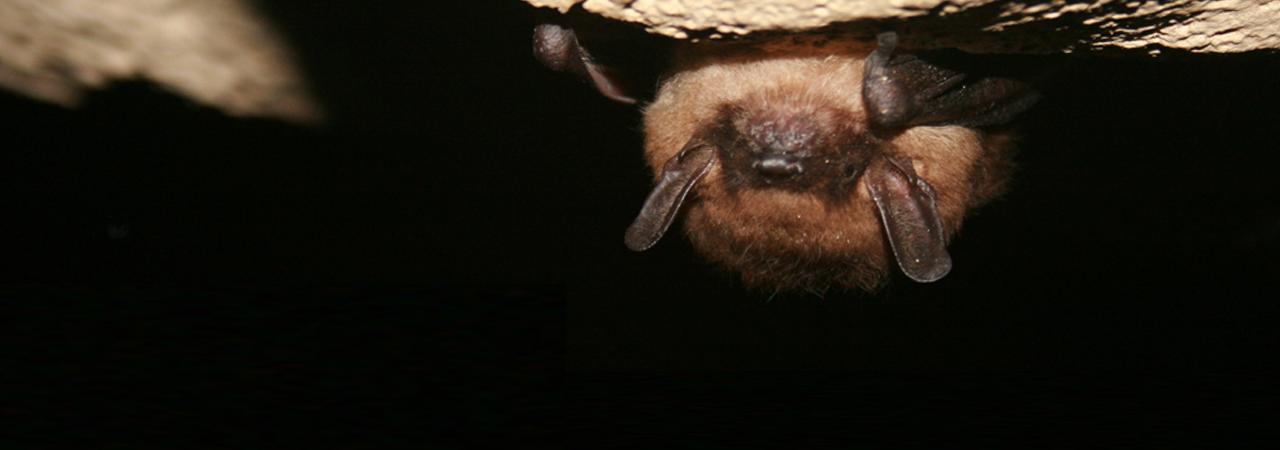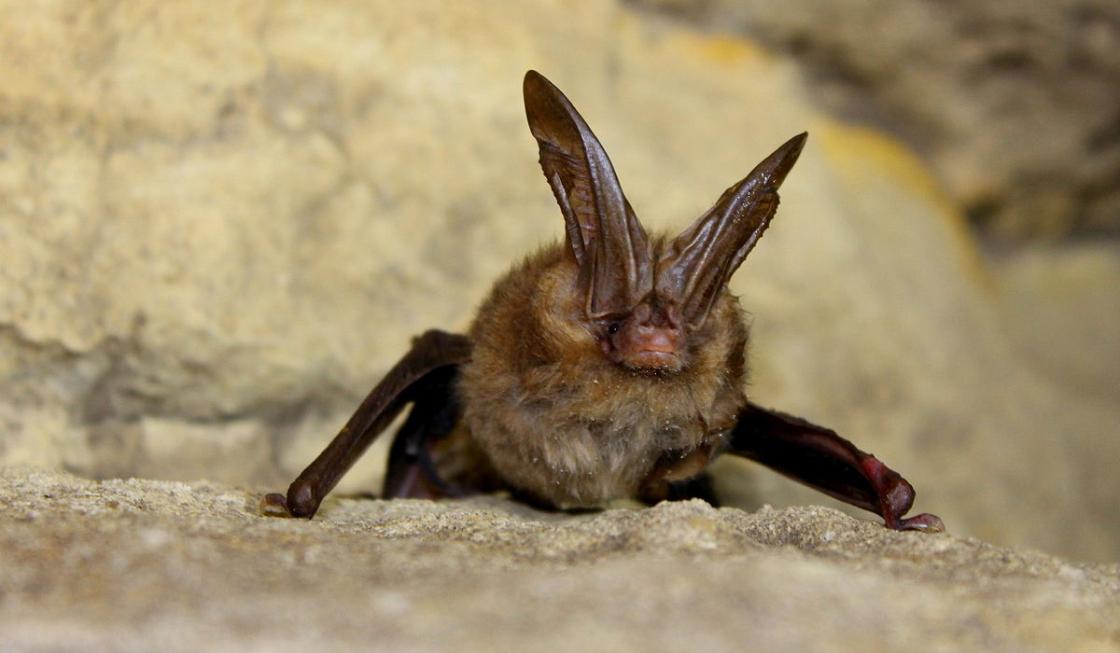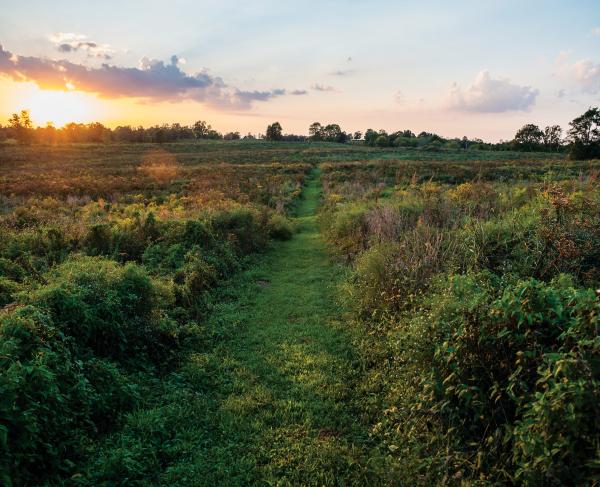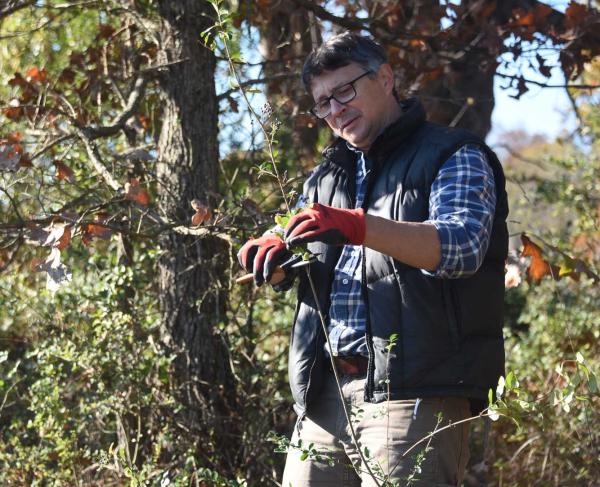Bats on the Battlefield

Welcome to Bat Week! With Halloween on the horizon, we’re seeing lots of scary images of ghosts, goblins, witches and bats! Bats, however, are not scary, nor just an image. They’re mammals, just like us. Bats are generally active at night, part of what causes fear in humans.
But bats are a key piece of our ecosystem, consuming insects and pollinating plants during the night. Scientists estimate that bats save U.S. farmers almost $3.7 billion per year by eating crop-destroying insects. Bats are NOT blind, contrary to popular myth, and they are generally gentle, social creatures, not the scary image we see at Halloween.
Many bats live in battlefield parks and three parks in particular have been studying local bat populations. Richmond National Battlefield Park studied its bat population in 2016-2017 through acoustic detectors. The study found that bat activity across the park was relatively high, particularly on the Cold Harbor and Gaines Mill battlefields. The little brown bat, a Virginia endangered species, was relatively common in the park. Additionally, the tri-colored bat, the Indiana bat and the northern long-eared bat were also found in the park. The latter two are protected by the Endangered Species Act and were rarely recorded by the acoustic detectors.

The Petersburg National Battlefield also studied its bat population in 2016-2017, finding significant activity on the Eastern Front portion of the battlefield, as well as at the Five Forks battlefield. Both the federally-endangered Indiana bat and the Northern long-eared bat were found at the park.
At the Perryville Battlefield State Historic Site, the Office of Kentucky Nature Preserves is currently working on acoustic monitoring for the federally-endangered Indiana bat and Northern long-eared bat. Both bat species use forested corridors in the summer and caves in the winter. There is also hope that the federally-endangered gray bats, a traditional cave dweller, will be located at the park.
So while it’s fun to enjoy the seasonal revelry of Halloween, keep in mind the importance of bats to the ecosystem of our battlefield parks. We're pleased to report that to date, our members have saved a combined 7,764 acres at battlefields associated with Richmond, Petersburg, and Perryville!
Kathy Robertson
Deputy Director, Real Estate
American Battlefield Trust
P.S. Did you know that bat droppings contain saltpeter (potassium nitrate)? It was used as early as the War of 1812 for making gunpowder. During the Civil War, bat caves in the south were harvested for their droppings, and the Confederacy relied on these caves as a source for saltpeter after supply lines were cut off. Read more about bats in National Parks here.


